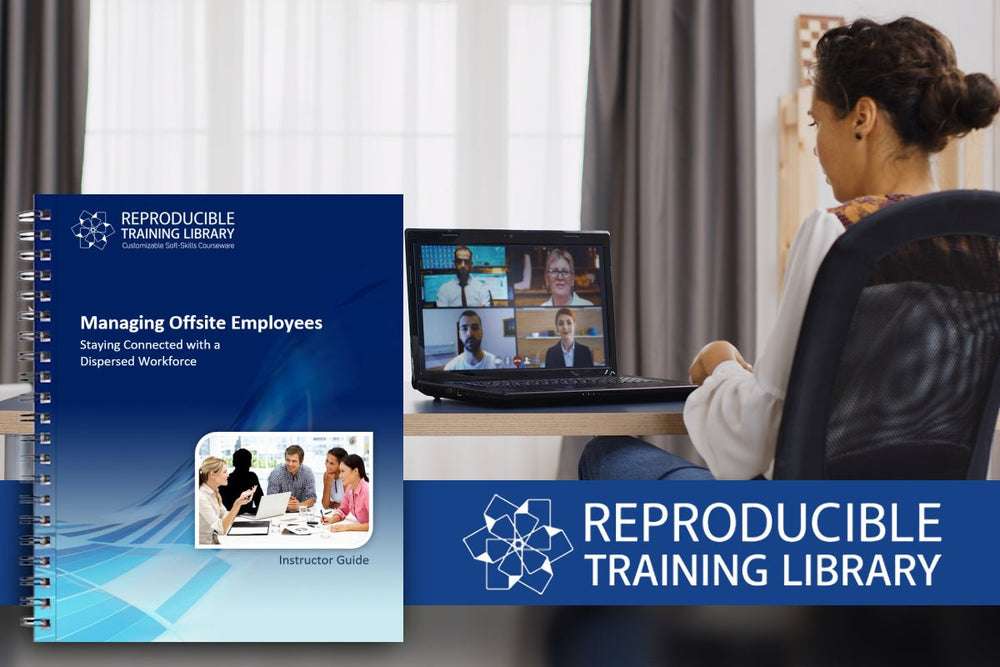1. Compromises React – Strategies Align with Purpose
When hybrid work is treated as a compromise, it’s often reactive: a quick fix to appease conflicting demands – for example, “Let people work from home, but only Tuesdays and Thursdays.” A strategic approach, on the other hand, starts with the why – your organization’s goals, values, and how work gets done best. It’s about designing hybrid work around outcomes, not just location. If you take this approach, you’ll not only be talking about where work gets done, but what work gets done when.
Does your current approach reflect your culture and business goals, or are you just splitting the difference?
2. A True Strategy Builds Equity and Clarity
Compromises often result in uneven experiences, where remote workers feel left out of key decisions, meetings, or development opportunities. On the other hand, those in the office feel penalized for showing up. possibly thinking, “Why do we get all the dirty jobs?”
A strategic hybrid model is intentional about creating equity between in-person and remote team members. It ensures policies, communication norms, and performance expectations are clear and consistently applied.
If people are asking, “Am I missing something by not being in the office?” then you don’t have a strategy. You likely have confusion.
3. Strategy Enables Leadership at All Levels
In a compromise model, managers often feel like they’re constantly juggling logistics instead of leading. A well-defined strategy gives leaders tools, training, and frameworks to lead intentionally in a hybrid context – whether they’re onboarding new team members, coaching performance, or building trust across distances. It is clear that new competencies such as AI literacy or coaching that takes distance and time zones into consideration will be needed. Focusing on measurable outputs and productivity versus things like attendance or when people log on in the morning will change how many teams determine success. Too many organizations think that teaching remote leadership skills is only important if you have a fully remote team. Not so.
Hybrid leadership isn’t just about tools or tech – it’s about mindset and behavior. Strategy makes that shift possible.
4. Without Strategy, Culture Happens by Accident
Every organization has a culture – whether they’ve designed it or not. Hybrid work without a strategy leads to unwritten arrangements, silos, and mixed signals. A strategic approach makes culture visible, repeatable, and aligned across offices, time zones, and screens.
You don’t have to choose between flexibility and culture. But you do have to choose to be intentional about both.
Learn how to create a successful hybrid work strategy by attending my webinar, Hybrid Work Solutions: 5 Leadership Strategies That Deliver.

























